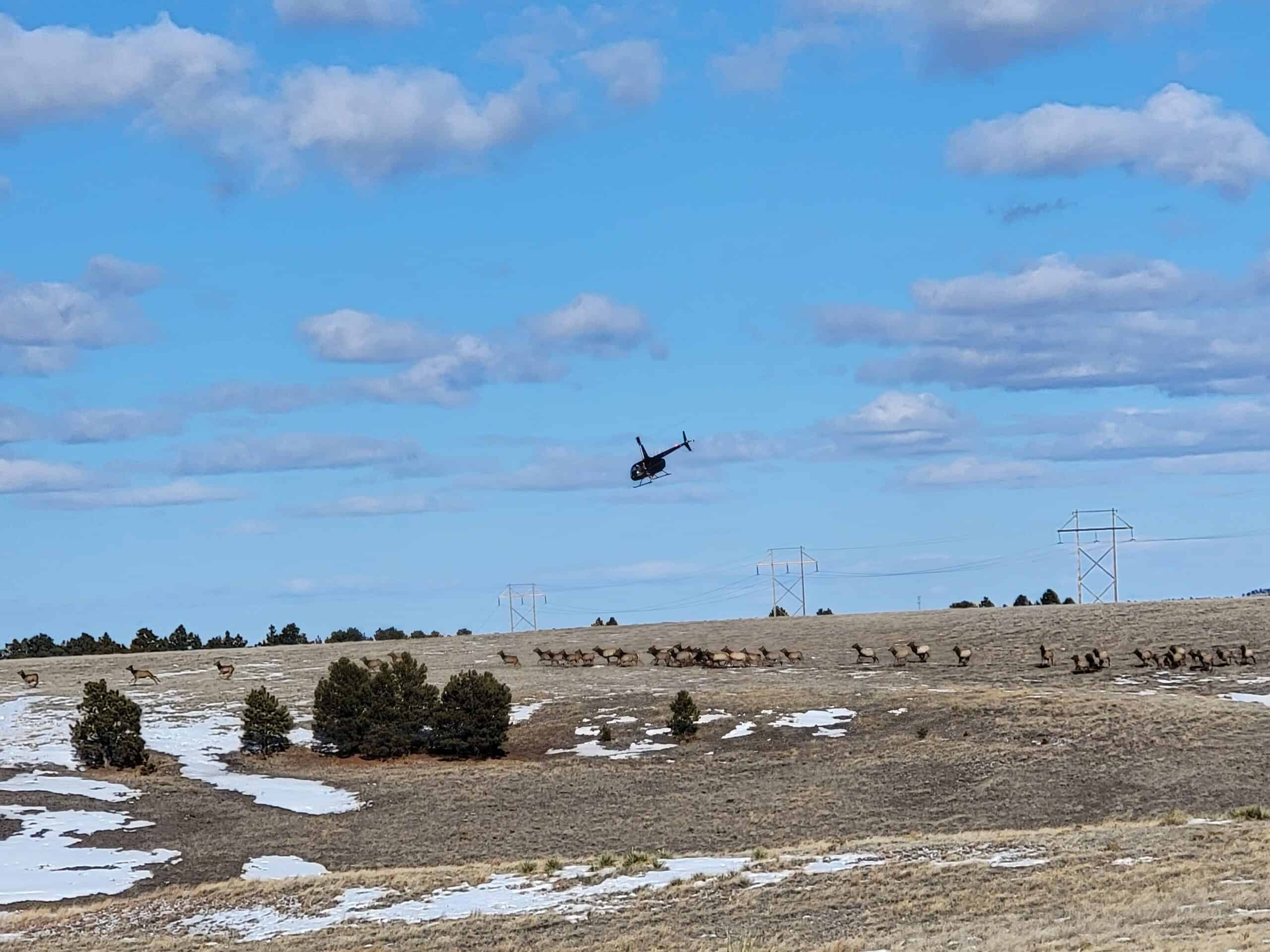Elk have returned to Nebraska however we’re solely now discovering how they transfer by way of its patchwork of prairie and corn
Elk had been extirpated from Nebraska because the 1800s earlier than they started to reclaim components of their historic vary within the Nineteen Sixties. However the panorama had modified enormously resulting from human actions of their absence, and ecologists nonetheless don’t have a very good grasp on how elk use the land that they’ve returned to.
Numbers have elevated up to now seven a long time—elk possible now quantity up to some thousand in Nebraska. Lately, in a state dominated by farmland and fragmented habitat, researchers have got down to study when, the place, why and if Rocky Mountain elk (Cervus canadensis) transfer in Nebraska. The solutions may assist wildlife managers navigate the rising rigidity between public admiration for elk and frustration over the harm they will trigger.
“In some circumstances, it appeared that utterly totally different teams of elk occupied pure and agricultural areas, when in actuality it was usually the identical elk that had moved a substantial distance,” stated Tabitha Hughes, a PhD pupil on the College of Nebraska-Lincoln.
Lead writer Hughes and her colleagues tracked greater than 150 elk with GPS collars of their analysis just lately revealed in Organic Conservation.
It’s unclear how elk used to maneuver by way of the panorama earlier than their extirpation within the 1800s. However since their return to Nebraska, the examine revealed that some elk are inclined to seasonally shift between wild and agricultural areas, drawn by pure and agricultural meals. In areas with extra vegetative cowl and extra cornfields, elk used smaller residence ranges. The tracked ungulates moved better distances to entry areas with substantial cropland when calving and within the fall.
This fixation with crops has led to human-wildlife battle, as elk can harm crops. The massive animals also can tear down fences throughout their actions throughout the panorama.
However hunters—the principle elk administration device in Nebraska—extremely worth elk. Hughes and her collaborators’ analysis means that growing pure forage might assist maintain elk native and that growing the habitat that produces meals naturally might be an alternate administration technique, decreasing seasonal actions of elk into cropland.
This analysis fills a key hole in understanding of the spatial ecology of elk in agriculture-dominated landscapes and presents crucial steering for wildlife managers tasked with balancing public curiosity, searching alternatives, and rising issues over crop harm.
“The higher we perceive these animals, the higher geared up wildlife biologists might be to handle elk populations for the general public to take pleasure in,” Hughes stated.
